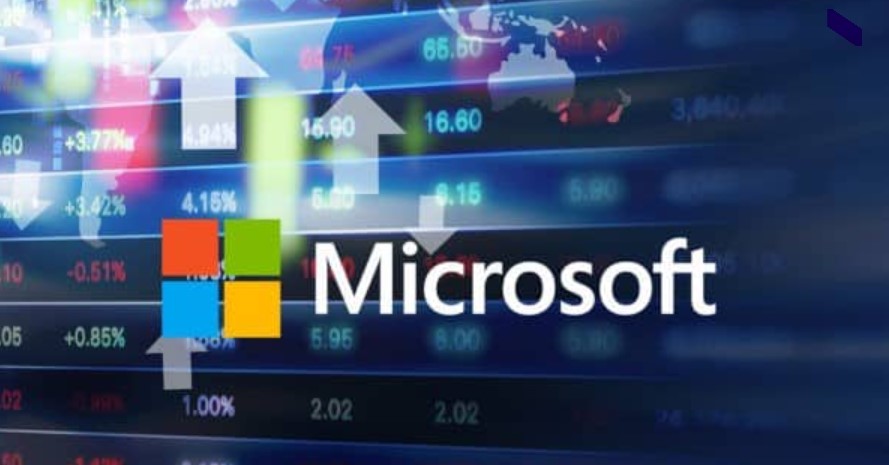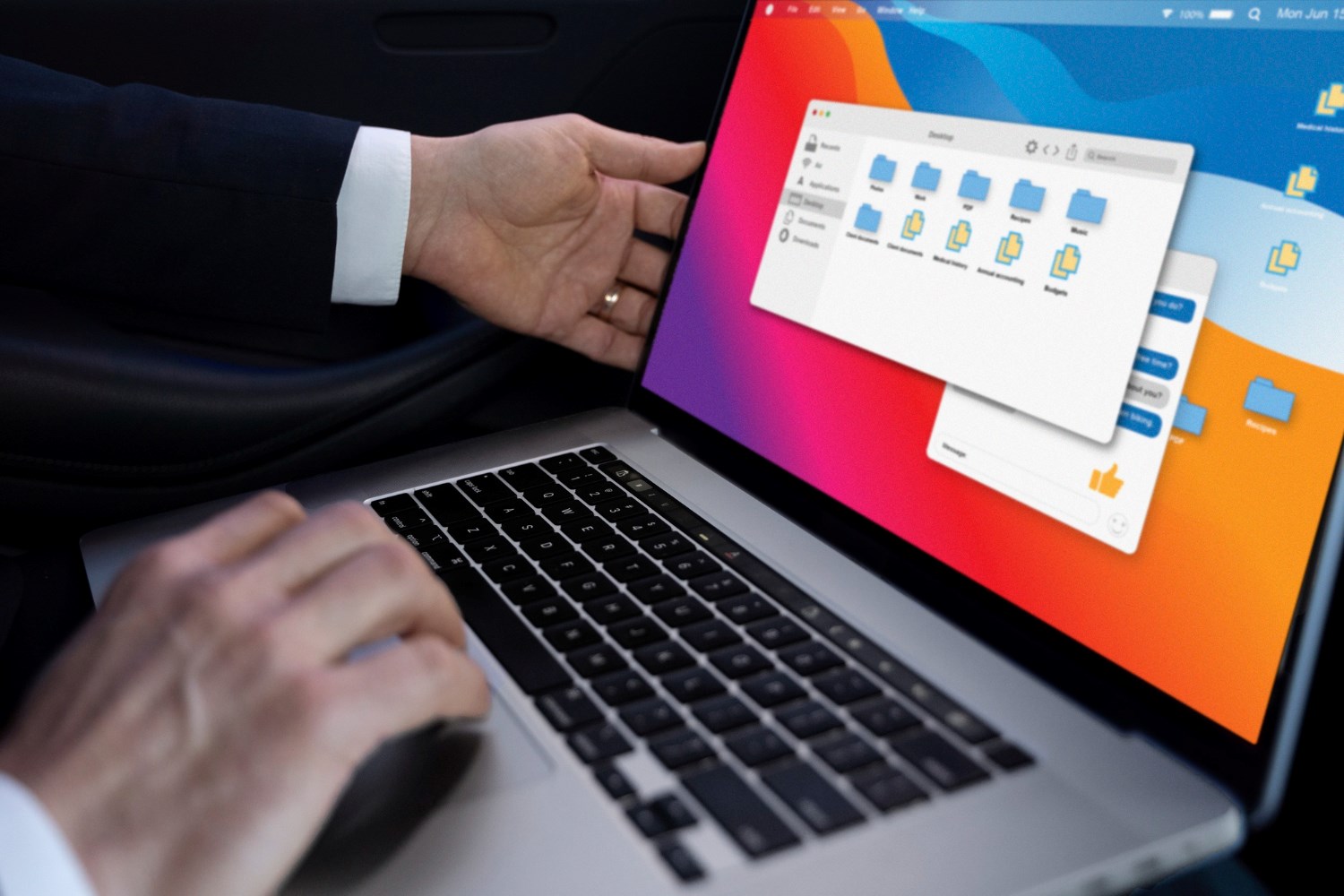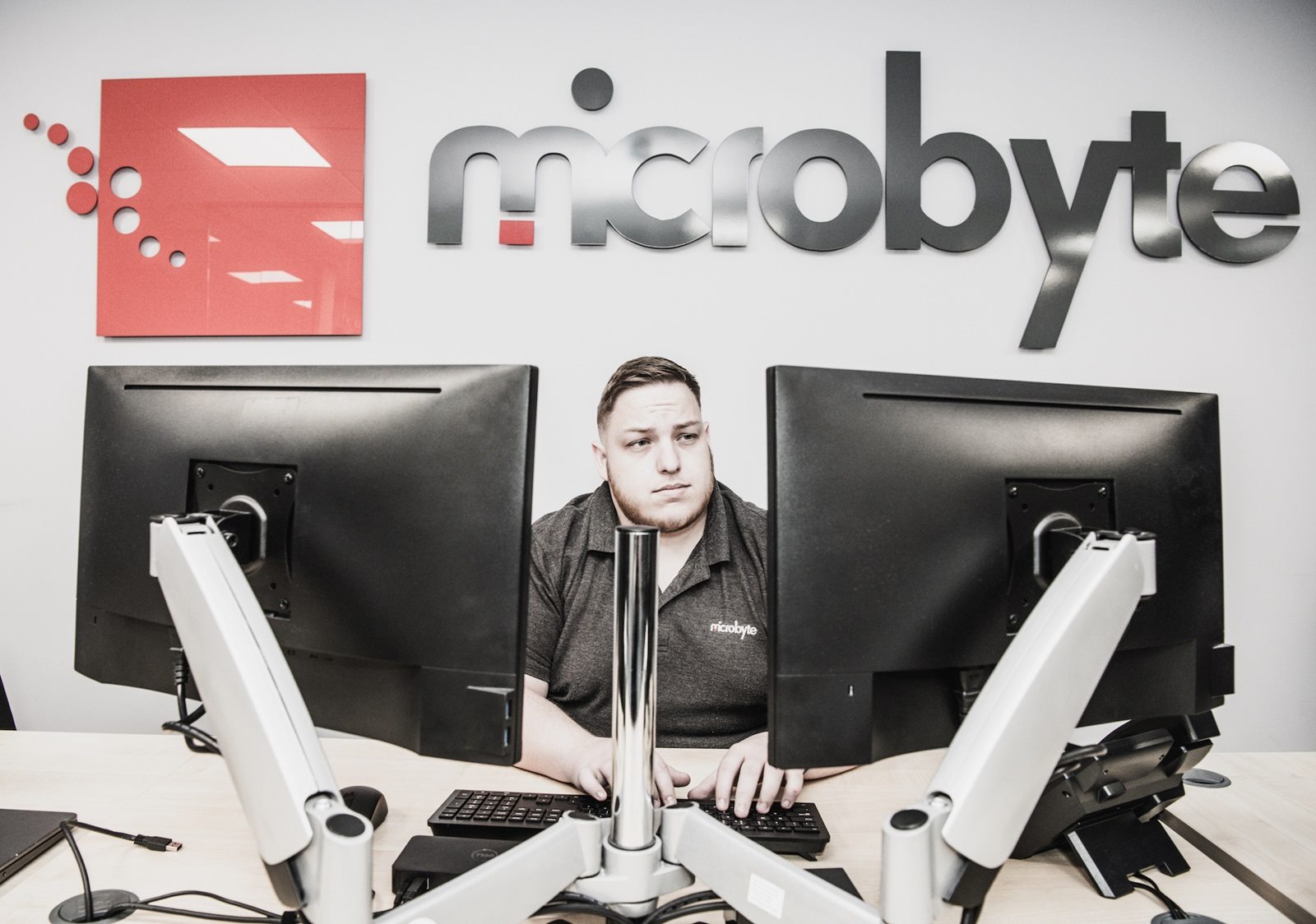
Microsoft Defender for Business is designed with numerous security features to keep corporate users safe from cyber threats. Intended to be used by companies with fewer than 300 employees, the software tool offers broad capabilities to protect the corporate network and the company from bad actors.
Brief Overview of Microsoft Defender for Business
Defender for Business is ideal for smaller operations where there might only be one or 2 IT personnel available at any given time. It secures the network, including cross-platform devices, from potential attacks. Detailed information supplied on newly emerging threats allows IT staff to harden systems against these potential vulnerabilities proactively.
Beyond that, the security response is automated with some versions of Microsoft Defender. Many attacks are timed to begin overnight or on weekends when IT staffing levels are either low or non-existent. Automated response features built into at least one version of Defender allow the suite of tools to stop attacks, quarantine files, and prevent data loss.
For other Defender versions, pre-attack preventative measures coupled with manual actions later complete the response.
Importance of cybersecurity for small and medium-sized businesses
No business can afford to become complacent about cybersecurity. An organisation known as NFIB tracks cybercrime and resulting fraud originating from the UK. Between 2021 to 2022, business losses exceed £3bn.
It’s worth noting that no company is shielded from the dangers. A lack of adequate security policies and poor implementation of inferior security protection software tools do little to avoid a successful network intrusion or theft of intellectual property.
While some of the largest firms are targeted by global hacker groups, the smallest businesses are not overlooked. This is because their technology budgets are smaller, and with fewer dedicated IT staff, corporate network security is less effective.
What is Microsoft Defender for Business?
Originally Microsoft Defender was a small anti-virus security product included inside Windows. It’s still present and offers limited protection and features for personal users.
Due to the expanding and increasing sophistication of cybersecurity attacks, and the inability to fully fund a dedicated SecOps team within SMBs, a new Microsoft Defender app was created for businesses.
Since this time, there have been several corporate versions, including Microsoft Defender 365, which forms part of the Microsoft 365 eco-system. Additionally, there are other versions, including Microsoft Defender for Business, Defender for Endpoint, Microsoft Defender for Cloud apps, etc.
A detailed explanation of Microsoft Defender for Business
Microsoft Defender for Business is a streamlined solution to manage a company’s devices and networks with less complication from a security perspective.
The home dashboard provides a brief overview. It details any current threats, the number of the company’s devices presently at risk, and active incidents to focus on.
The reenvisaged Microsoft Defender app ensures companies are better protected from ransomware threats and viral infestations. Needed updates and patches to apps and systems are highlighted to plug security holes before an attacker locates and exploits them.
For advanced versions of Defender, automated responses protect the company outside of standard office hours and when IT staff are busy elsewhere. Manual actions, including isolating infected devices or preventing unauthorised app access, allow IT staff to halt an intrusion, lock it down, and eradicate it.
The target audience for Microsoft Defender for Business (up to 300 employees)
Microsoft Defender for Business is intended for small and medium-sized businesses. These are usually SMBs with 300 employees or fewer.
The reason for this is that a well-developed SecOps team is often 10+ strong. They also require considerable resources and have a dedicated approach over many years. This is beyond the capabilities of smaller businesses, where staff are often already stretched.
Defender bridges any gap in capabilities by managing cybersecurity, providing understandable analytics, delivering automated actions, and removing much of the security headache.
Supported Platforms with Microsoft Defender for Business
Microsoft Defender for Business protects Windows, Mac, and Linux systems, along with mobile devices, such as ones running on iOS and Android.
All configured devices, once added to the security package, allow the dashboard to highlight security issues, including the need to update apps or apply urgent software patches to address security vulnerabilities.
Key Features of Microsoft Defender for Business
Below are some of the advanced features present in Microsoft Defender for Business:
Enterprise-grade endpoint protection
Just like how our extremities are often the most vulnerable parts, with devices and networks, it’s the endpoints where attacks mainly originate.
Microsoft Defender is a robust Endpoint security solution to better protect against the places where the trouble begins. Whether that’s in the form of phishing or other threats, using Microsoft Defender ensures the business is shielded from viruses and ransomware/malware.
Endpoint security aims to protect and isolate all endpoints to prevent an intruder from gaining access to an admin-level user. Potentially, with admin access, an intruder could go on to access other users, devices, and systems, wreaking havoc.
Automated investigation and remediation
Company assets are proactively protected through real-time scanning, investigation, and remedial action.
Defender recognises threats and irregular activity as it occurs, often matching it to known cyber threats prevalent in the wild. Responses vary depending on what systems are currently being affected. This might include ending system processes, removing access to the internet for a PC or other device, or limiting what apps are accessible while a cyberattack is underway.
Admins have detailed, inciteful information provided via the Active Incidents section on the Home Dashboard. From there, when clicking on the incident, a summary of the current issue, affected devices, related alerts, and response actions, is shown.
An Incident Graph is also offered as a visual representation of the selected incident. It confirms the affected devices, users, files, and processes. Devices shown on the graph are selectable, with actions listed next to them that the admin can trigger. These include restricting app execution, isolating the device, running an anti-virus scan, and other actions. This list varies depending on the Defender version used.
The sequence of the attack is also shown, including an optional step-by-step playback of how it began and progressed. This better illustrates the cyberattack, offering clarity on how it occurred and spread across systems and multiple devices.
Threat intelligence from security experts
Microsoft Defender includes high-level threat intelligence.
Security experts provide detailed analysis of new and ongoing threats to devices and networks. These are broken down into explanations about how they get underway and unfold. Screenshots with examples of phishing attempts or initial contacts that allowed malicious, executable code onto company devices, are provided.
Threat intelligence is used to preemptively suggest how to harden devices and networks against specific new threats. Also, intelligence explains how a live infection likely occurs, and the best approach to limiting potential damage and successful removal.
Beyond threat intelligence, advanced Endpoint versions of Microsoft Defender include threat hunter features to seek and locate digital network intruders in real-time. This takes things to the next level for bigger firms with a larger IT budget.
Cross-platform functionality
Microsoft Defender operates as a multi-platform security solution. Therefore, it protects Windows and Mac devices and networks, plus mobile devices.
Whether it is an Android tablet device, the latest iPhone, or a MacBook Air logging into the network, Defender protects them all. Devices are either added automatically based on what’s currently connected or manually one by one.
Network protection and web blocking
The next-generation protection ensures the company’s networks are protected, not just the devices connected to them. This includes Linux servers too.
When threats are detected, one of the potential actions is to isolate the affected device from the network. It’s also possible to remove a device from all networks, including the Internet. This stops a live intrusion from progressing further, ensuring bad actors can’t steal confidential company data or proprietary secrets.
Benefits of Using Microsoft Defender for Business
Comprehensive security solution
It’s genuinely difficult for SMBs viewing the complicated cybersecurity marketplace to know what solution to choose. Many require an experienced SecOps team to operate the software due to a lack of automated features in response to cyberattack detection.
Microsoft Defender for Business simplifies the software selection process. It’s a suite of tools with a user interface based around the familiar Microsoft 365 eco-system. This makes the admin experience more streamlined, reducing the time to get up to speed. As a result, admins feel more comfortable exploring all its features and reaping the security benefits for their company.
Simple setup and easy to use
To set up and configure Microsoft Defender, is relatively simple. There is a wizard available to take you step by step through the process, but experienced admins often choose to set it up manually.
During the streamlined setup, users are added, and each Defender for Business license is assigned too. Users are given relevant access permissions and an assigned security role. Email notification setup is next, so admins receive urgent notifications.
Users’ devices are added to Defender now. This is sometimes completed via the Microsoft 365 Defender portal. Alternatively, for existing Microsoft Intune users, devices are usually already enrolled there, and Defender will acknowledge this.
Lastly, software security policies are confirmed and implemented (Microsoft Intune users will have existing policies in place).
Then setup is complete.
Cost-effective protection
As a security-oriented app, that includes anti-virus scanning, malware protection, threat management, and intrusion resolution, Microsoft Defender for Business is a cost-effective solution.
Enterprise-grade cybersecurity software quickly gets expensive for SMBs needing to protect their intellectual property and ongoing operations. However, because Defender is designed for businesses with fewer than 300 employees, it finds the right balance between essential security features and pricing.
Integration with Microsoft 365 Business Premium
Microsoft 365 Business Premium is the preferred version for businesses seeking improved security, and potentially to support a team of remote workers too.
Unlike the Microsoft 365 Basic and Standard versions, Microsoft Defender is included as one of the apps within Microsoft 365 Business Premium. It is integrated and fully supported within the Microsoft 365 suite of apps.
Plus, when integrating with Microsoft 365 Business Premium edition, it typically provides access to Microsoft Intune, Azure Information Protection, Azure AD Premium, and Advanced Threat Protection too. This offers Active Directory signals intelligence, stronger document protection systems, and enhanced threat capture, review, and eradication features.
Differences Between Microsoft Defender for Business and Other Defender Products
Microsoft Defender is not a single product. Instead, there are different versions depending on what capabilities are required.
As well as Microsoft Defender for Business, two other versions worth mentioning are Defender for Endpoint P1 and Defender for Endpoint P2. We explain some of the differences below:
Comparison with Defender for Endpoint P1 and P2
Defender for Endpoint P1 is a more sophisticated antivirus and antimalware scanning tool. It is possible to initiate manual actions in response to new threats. A central management area, detailed configuration and live updates, accurate reporting, and a coordinated reduction in cyberattacks, are possible. Endpoint P1 is cross-platform with support for Windows 10-11, Mac OS, iOS, and Android.
Defender for Endpoint P2 is recommended for enterprises needing a more robust set of security tools. Endpoint P2 adds more advanced threat analytics, automation for immediate responses to cyber threats, advanced scanning, and tracking capabilities, increased detection abilities using behavioural sensors, cloud-based intelligence from Microsoft SecOps learnings, and more.
Furthermore, a Defender Vulnerability Management add-on boosts capabilities to include locking down affected apps, checking digital certificates for validity, analysis of firmware and hardware, Windows scanning, and web browser extensions for safer browsing.
Limitations of Defender for Business
Defender for Business is designed for small and medium-sized businesses. As such, its capabilities are not as broad as either Endpoint P1 or P2.
Fully automated detection and responses to threats, including halting app network access, isolating devices, and other actions, are limited to Endpoint P2. Many cyberattacks intentionally occur out of hours to catch companies unawares. Companies operating servers 24/7 need an IT team to be available, as required.
There is endpoint detection to catch attacks from their entry point and track them from there on the Defender for Business app. However, threat analysis is limited. Mainly, this version offers protection against spam and malware and reduces vulnerabilities.
Increasingly sophisticated cyberattacks call for smarter tools to prevent or track and halt an ongoing attack. Defender for Business is more of a scanning tool. For advanced prevention and automated responses, including locking network and other access, preventing apps from working on affected terminals, and other actions, Endpoint P2 is needed.
Pricing and Plans for Microsoft Defender for Business
The pricing for Microsoft Defender for Business is calculated on a per-user basis. Therefore, the monthly subscription cost varies based on the size of your firm.
The type of license – which version of Defender is used for each user – is also a factor. A company can have a certain number of one type of license and a different number of a more advanced Microsoft Defender product too.
Additionally, there is the Defender Vulnerability Management add-on that applies to Defender for Endpoint P2 versions.
Industry Recognition
Industry recognition both for Microsoft and their endpoint-oriented cybersecurity solutions has been strong through the years.
High scores in independent tests
Many independent tests by security professionals are overwhelmingly positive.
Microsoft Defender is widely used, especially with tenants that already use the popular Microsoft 365 suite of apps.
Research reports from Forrester, Gartner, and others have also been highly favourable:
Leader in IDC MarketScape for Modern Endpoint Security
Versions of Microsoft Defender rank well in the annual IDC MarketScape for Modern Endpoint Security and IDC MarketScape: Worldwide Modern Endpoint Security for Small and Midsize Businesses 2021 Vendor Assessment reports.
Leader in the 2021 Gartner Magic Quadrant for Endpoint Protection Platforms
Gartner named Microsoft as a leader in the endpoint cybersecurity field in 2021. This beat out competitors like ESET, Bitdefender, and Panda Security.
Leader in The Forrester Wave: Endpoint Detection and Response Providers, Q2 2022
The Forrester Wave Report from Q2 2022 also named Microsoft as a leader in Endpoint detection and response.
Conclusion
Microsoft Defender is a highly capable security product. It smoothly integrates into existing Microsoft 365 deployments.
Depending on the chosen version, Defender scans, protects, defends against, and locks affected devices or systems to prevent costly losses from cyberattacks. Threats are trackable to their endpoint origin and eradicated. Also, cybersecurity information is provided on the latest threats for admins to apply preventative measures before they potentially occur.
Its cost is also affordable as it scales up and down as the company expands or contracts to meet market demand. Blending per-user software licenses between different versions of Defender is also an option.
References
Microsoft Defender for Business.
Microsoft Defender for Endpoint – Plan 1 & 2 comparison.
Discuss Your CyberSecurity Needs with Microbyte
Our team at Microbyte is intimately knowledgeable about Microsoft Defender in its different versions.
Please get in touch if you wish to discuss Microsoft Defender with us.





